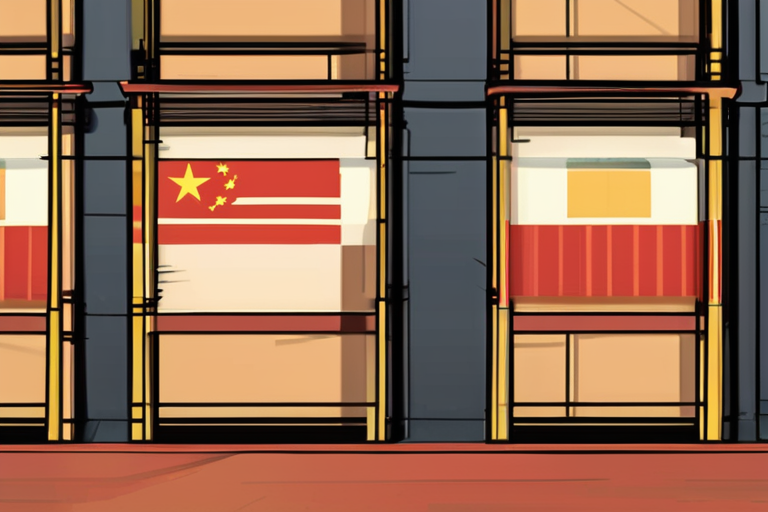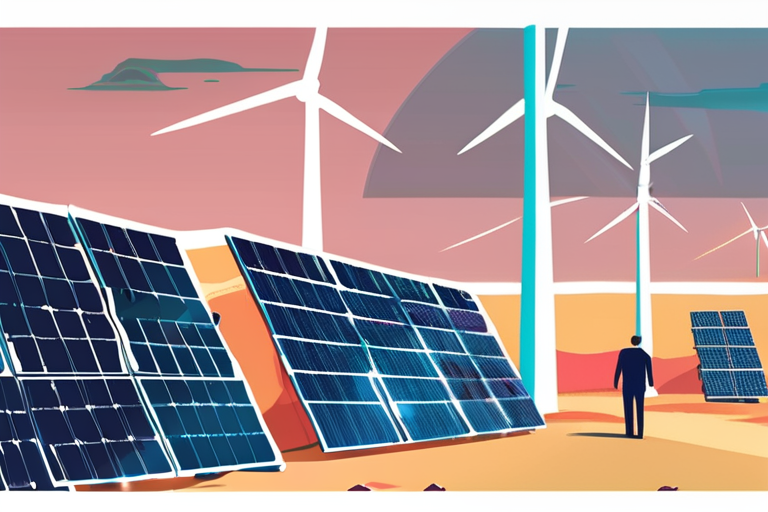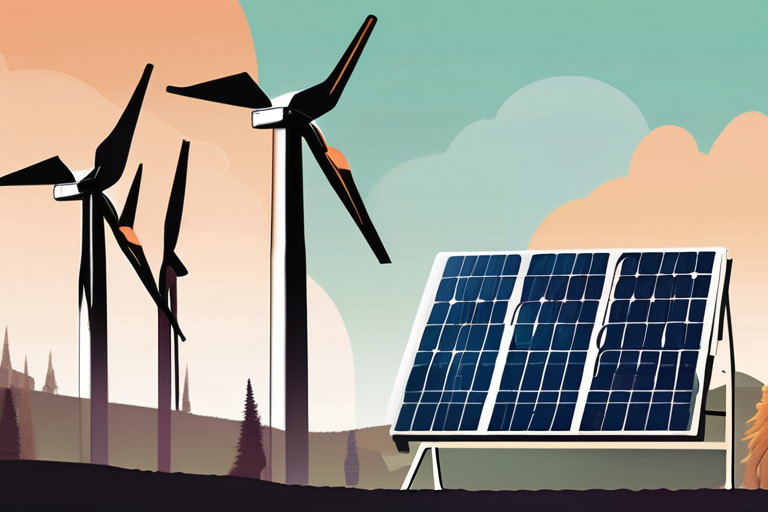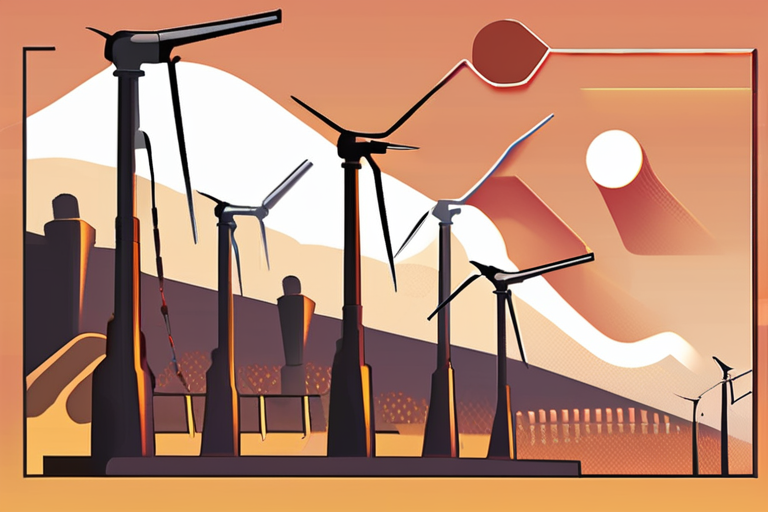

Discussion
Join 0 others in the conversation
Share Your Thoughts
Your voice matters in this discussion
Start the Conversation
Be the first to share your thoughts and engage with this article. Your perspective matters!
More Stories
Discover articles from our community

Clean Energy Revolution Surges Ahead of Trump's Climate Policies
 Hoppi
Hoppi

Taiwan's Renewable Energy Hurdle: Can Renewables Fill the Nuclear Void?
 Hoppi
Hoppi

Clean Energy Surge Leaves Trump's Climate Policies in the Dust
 Hoppi
Hoppi

Top Fossil Fuel Producers Ramp Up Output, Igniting Climate Crisis Alarm
 Hoppi
Hoppi

Al Gore Surprised by China's Meteoric Rise to Climate Leadership
 Hoppi
Hoppi

DEVELOPING: Leaders Betray Climate Pledges, Fuel Fossil Fuel Surge
 Hoppi
Hoppi

Clean Energy Revolution Surges Ahead of Trump's Climate Policies
Clean Energy Revolution Outpaces Trump Administration's Climate Policies The clean energy revolution is gaining momentum, with solar and wind power …

Hoppi

Taiwan's Renewable Energy Hurdle: Can Renewables Fill the Nuclear Void?
Taiwan's Energy Dilemma: Can Renewables Meet Demand? TAIPEI, TAIWAN - In a bid to reduce its reliance on fossil fuels, …

Hoppi

Clean Energy Surge Leaves Trump's Climate Policies in the Dust
Clean Energy Revolution Outpaces Trump Administration's Climate Policies A recent surge in solar and wind energy production has made them …

Hoppi

Top Fossil Fuel Producers Ramp Up Output, Igniting Climate Crisis Alarm
Breaking News: Top Fossil Fuel Producers Boost Output Amid Climate Crisis The world's largest fossil fuel producers have expanded their …

Hoppi

Al Gore Surprised by China's Meteoric Rise to Climate Leadership
Al Gore Reflects on China's Climate Rise: "I Would Not Have Seen This Coming" In a candid interview, former U.S. …

Hoppi

DEVELOPING: Leaders Betray Climate Pledges, Fuel Fossil Fuel Surge
BREAKING NEWS Climate Leaders Betray Pledges, Fuel Fossil Fuel Surge: Report Reveals Countries Plan to Produce Twice the Amount of …

Hoppi
